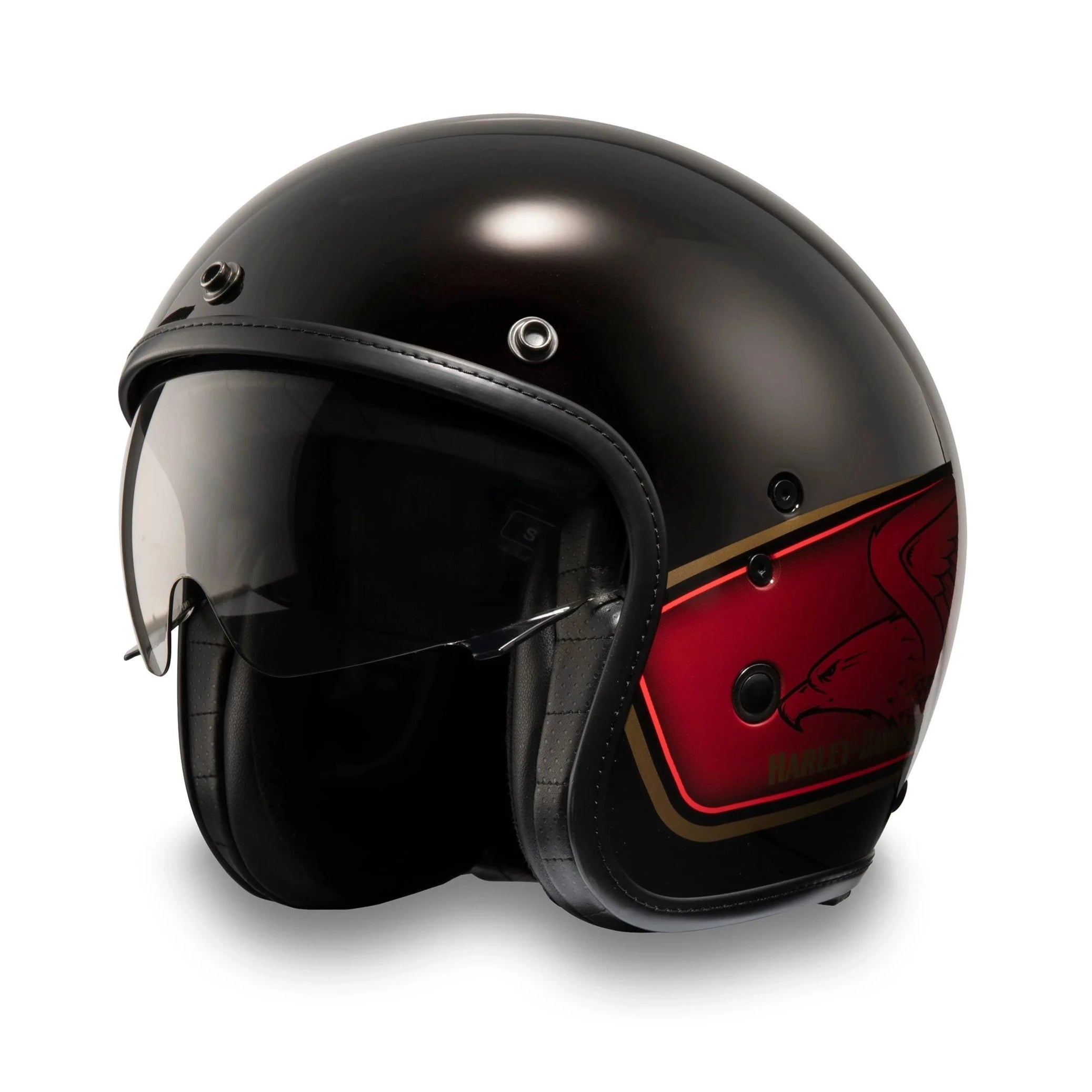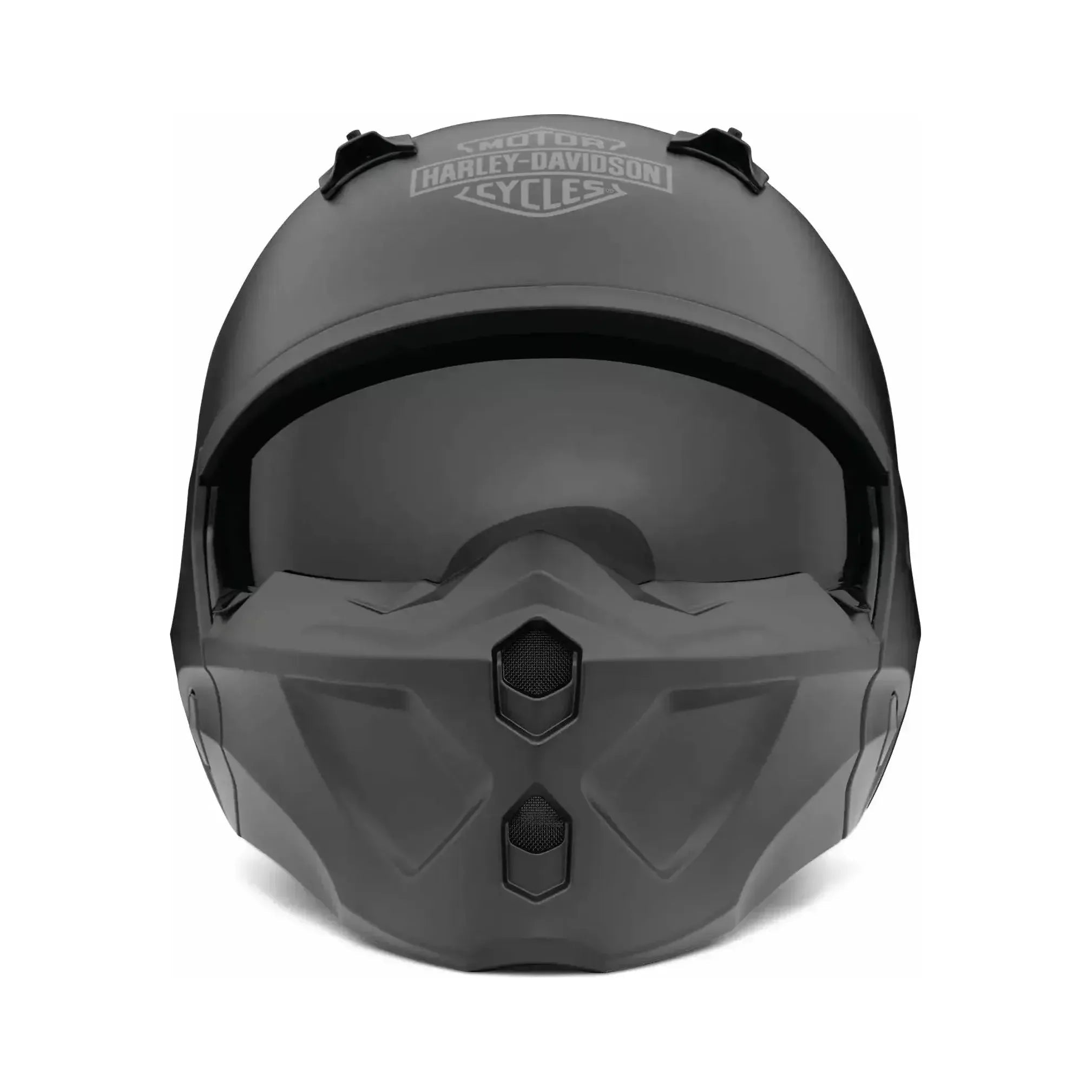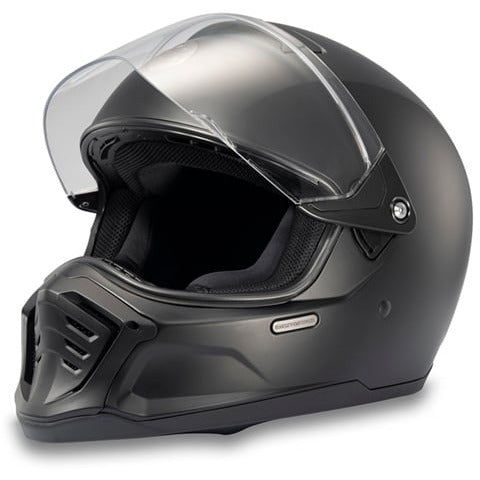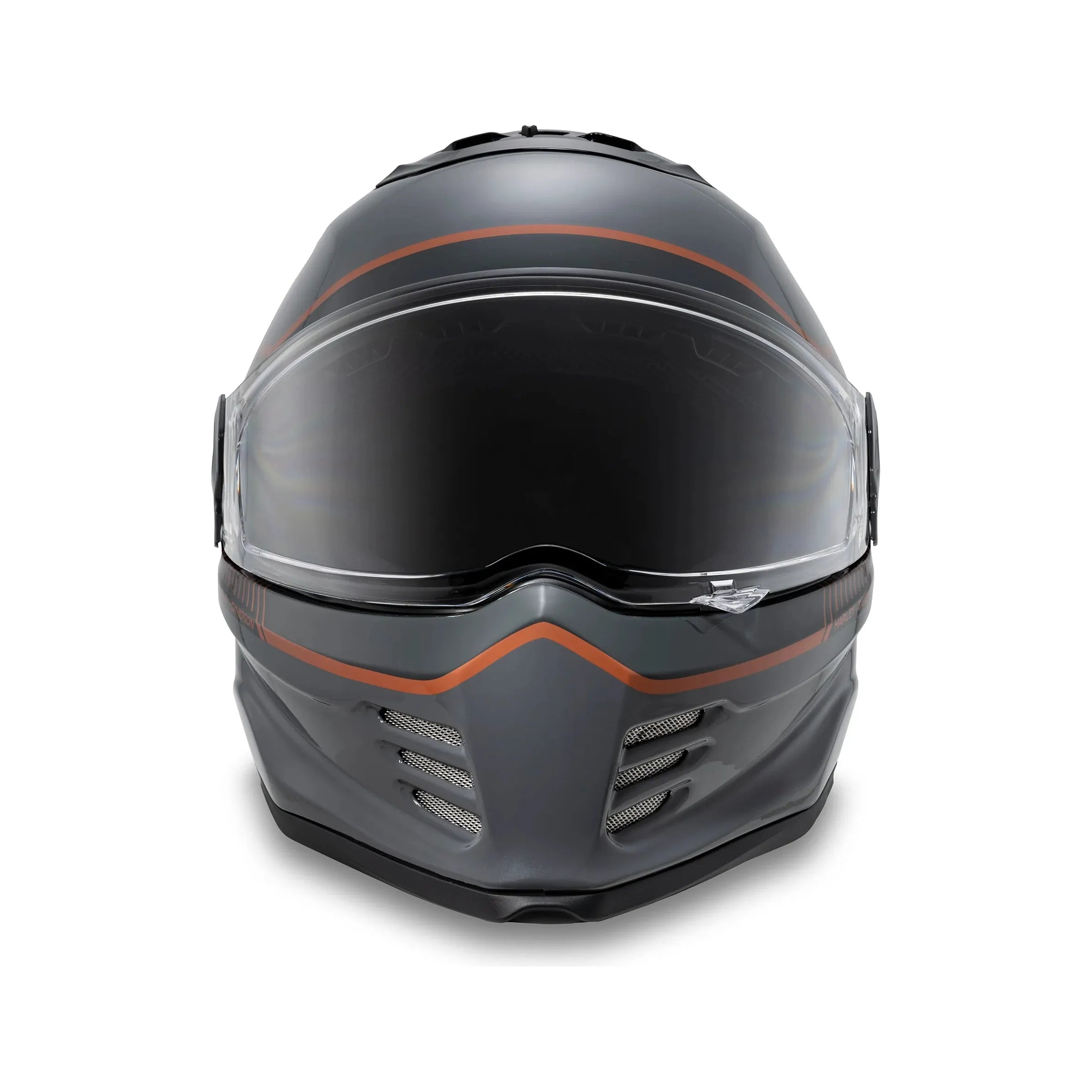Do Motorcycle Helmets Work?
Effectiveness:
- Helmets reduce head injury by 69%, skull fracture by 67%, and brain injury by 56%.
- Helmets prevent fatal head injuries by 37%.
Helmet Types:
- Full-face: Maximum protection, less comfortable.
- Modular: Full-face and open-face options, good balance.
- Open-face: Less protection, more comfort.
- Half-helmets: Minimal coverage, not recommended.
Proper Fit and Usage:
- Snug fit, no discomfort or excessive pressure.
- Measure head circumference for correct size.
- Inspect and replace helmet regularly.
Legal Requirements:
- Mandatory helmet laws in many jurisdictions.
- Penalties for riding without a helmet.
Challenges:
- Some riders oppose mandatory helmet laws.
- Public health benefits of mandatory helmet laws.
Conclusion:
- Helmets effective in reducing motorcycle-related injuries and fatalities.
- Proper fit and usage essential.
- Mandatory helmet laws promote safety.
Do Motorcycle Helmets Work? A Comprehensive Guide to Motorcycle Safety and Helmet Effectiveness
Introduction:
Riding a motorcycle is an exhilarating experience, but it also comes with inherent risks. According to the National Highway Traffic Safety Administration (NHTSA), motorcyclists are 29 times more likely to die in a crash than occupants of passenger vehicles. Helmets play a crucial role in reducing the severity of motorcycle-related injuries and fatalities. In this comprehensive guide, we will explore the effectiveness of motorcycle helmets, discuss different types of helmets, and emphasize the importance of proper helmet fit and usage. We will also delve into the legal requirements and controversies surrounding helmet laws, highlighting the public health benefits of mandatory helmet laws.
Effectiveness of Motorcycle Helmets:
Numerous studies and statistics have consistently demonstrated the effectiveness of motorcycle helmets in reducing the risk of head injuries, preventing skull fractures, mitigating the severity of brain injuries, and lowering the likelihood of death in motorcycle crashes. A study published in the journal "Accident Analysis and Prevention" found that helmets reduce the risk of head injury by 69%, skull fracture by 67%, and brain injury by 56%. Another study conducted by the Insurance Institute for Highway Safety (IIHS) revealed that helmets are 37% effective in preventing fatal head injuries. These findings underscore the critical role of helmets in enhancing motorcycle safety.

Title: HARLEY-DAVIDSON® 120TH ANNIVERSARY EAGLE H-D® X14 SUN SHIELD 3/4 HELMET
Price: £229.99
SHOP NOW
"Motorcycle helmets are undeniably one of the most important safety devices available to motorcyclists. By wearing a helmet, riders can significantly reduce their risk of sustaining serious head injuries or death in a crash." - National Highway Traffic Safety Administration (NHTSA)
Types of Motorcycle Helmets:
There are various types of motorcycle helmets designed to meet the needs and preferences of different riders. The primary types include:
1. Full-Face Helmets:

Title: HARLEY-DAVIDSON® GARGOYLE X07 2-IN-1 HELMET
Price: £269.99
SHOP NOW
Full-face helmets provide maximum protection for the head and face, covering the entire head, chin, and face. They offer the highest level of safety and are recommended for all riders. However, they can be less comfortable and have limited peripheral vision and ventilation.
2. Modular Helmets:
Modular helmets offer both full-face and open-face configurations. They feature a movable chin bar that can be lifted up or down, allowing for increased ventilation and ease of communication. Modular helmets provide a good balance between safety and comfort, making them a popular choice for many riders.
3. Open-Face Helmets:

Title: HARLEY-DAVIDSON® HYDE WAY 120TH ANNIVERSARY X13 FULL FACE HELMET
Price: £224.85
SHOP NOW
Open-face helmets provide less protection compared to full-face helmets, as they leave the face exposed. They are popular among riders who prioritize comfort and ventilation, but they offer less protection in the event of a crash.
4. Half-Helmets:
Half-helmets provide minimal coverage, only protecting the top of the head. They are not recommended due to their limited protection and increased risk of head injuries in a crash.
Proper Helmet Fit and Usage:

Title: HARLEY DAVIDSON® APEX SUN SHIELD X14 3/4 HELMET
Price: £229.35
SHOP NOW
To ensure maximum effectiveness, a motorcycle helmet must fit snugly and securely on the rider's head. A helmet that is too loose or too tight can compromise its protective capabilities and increase the risk of injury. Here's how to determine the correct helmet size:
- Measure the circumference of your head just above the eyebrows and around the widest part of the head using a tape measure.
- Compare the measurement to the sizing chart provided by the helmet manufacturer.
- Try on different helmet sizes to find one that fits snugly without causing discomfort or excessive pressure.
Improper helmet fit can reduce the effectiveness of the helmet in protecting the head and increase the risk of the helmet coming off during a crash. Regular helmet maintenance and replacement are equally important. Helmets should be inspected regularly for any signs of damage or wear and tear. Replace the helmet every five to seven years or sooner if it has been involved in a crash.
Legal Requirements and Helmet Laws:
Helmet laws vary across different countries and states. In many jurisdictions, wearing a motorcycle helmet is mandatory for all riders and passengers. Penalties for riding a motorcycle without a helmet can include fines, demerit points, or even jail time. Helmet laws are essential in promoting motorcycle safety and reducing the number of motorcycle-related injuries and fatalities.

Title: HARLEY-DAVIDSON DIVISION X15 SUNSHIELD FULL FACE HELMET
Price: £270.00
SHOP NOW
Challenges and Controversies:
Mandatory helmet laws face opposition from some riders who argue that they infringe on personal liberty and potentially discourage helmet usage. However, these arguments are countered by the overwhelming evidence supporting the public health and safety benefits of mandatory helmet laws. Studies have shown that mandatory helmet laws lead to an increase in helmet usage rates and a decrease in motorcycle-related deaths and injuries.
Conclusion:
Motorcycle helmets are proven to be effective in reducing the risk of head injuries, skull fractures, brain injuries, and fatalities in motorcycle crashes. Proper helmet fit and usage are crucial for ensuring maximum effectiveness. Helmet laws play a vital role in promoting motorcycle safety and reducing the burden of motorcycle-related injuries and fatalities on healthcare systems. By encouraging responsible riding behavior, advocating for mandatory helmet laws, and promoting proper helmet usage, we can create safer roads for motorcyclists and enhance the overall safety of our communities.

Title: BMW MOTORRAD GS PURE HELMET
Price: £435.00
SHOP NOW
Additional Resources:
Frequently Asked Questions (FAQs)
1. Why is wearing a motorcycle helmet crucial?* - *Answer: Motorcycle helmets are instrumental in reducing the risk of head injuries, skull fractures, brain injuries, and fatalities in motorcycle crashes. They provide vital protection for the head and face, minimizing the severity of injuries and enhancing overall safety.
2. What types of motorcycle helmets are available?* - *Answer: There are primarily four types of motorcycle helmets: full-face, modular, open-face, and half-helmets. Full-face helmets offer maximum protection, while modular helmets provide a balance between safety and comfort. Open-face helmets expose the face but offer less protection, and half-helmets are not recommended due to their minimal coverage and increased risk of injury.
3. How do I ensure a proper helmet fit?* - *Answer: To ensure proper helmet fit, measure the circumference of your head just above the eyebrows. Compare the measurement to the sizing chart provided by the helmet manufacturer. Try on different helmet sizes to find one that fits snugly without causing discomfort or excessive pressure. A helmet that is too loose or too tight can compromise its protective capabilities and increase the risk of injury.
4. Are motorcycle helmets legally required?* - *Answer: Helmet laws vary across different countries and states. In many jurisdictions, wearing a motorcycle helmet is mandatory for all riders and passengers. Penalties for riding without a helmet can include fines, demerit points, or even jail time. Helmet laws are essential in promoting motorcycle safety and reducing the number of motorcycle-related injuries and fatalities.
5. What are the challenges and controversies surrounding helmet laws?* - *Answer: Mandatory helmet laws face opposition from some riders who argue that they infringe on personal liberty and potentially discourage helmet usage. However, evidence suggests that mandatory helmet laws lead to an increase in helmet usage rates and a reduction in motorcycle-related deaths and injuries.
Explore More:
- Kawasaki: Unleash the Power - Gear Up Like a Champion
- Boots Down: Experience Unmatched Comfort and Safety on Your Ride
- Ducati: Embrace Italian Excellence - Dress to Impress, Ride to Conquer
- Jackets Up: Shield Yourself from the Elements with Style and Protection
- Trousers for the Journey: Pair Performance with Comfort, Every Ride, Every Time
- Honda: A Legacy of Innovation - Gear Up with the Power of Performance
- Apparel Designed for Riders, By Riders - Discover Quality That Moves